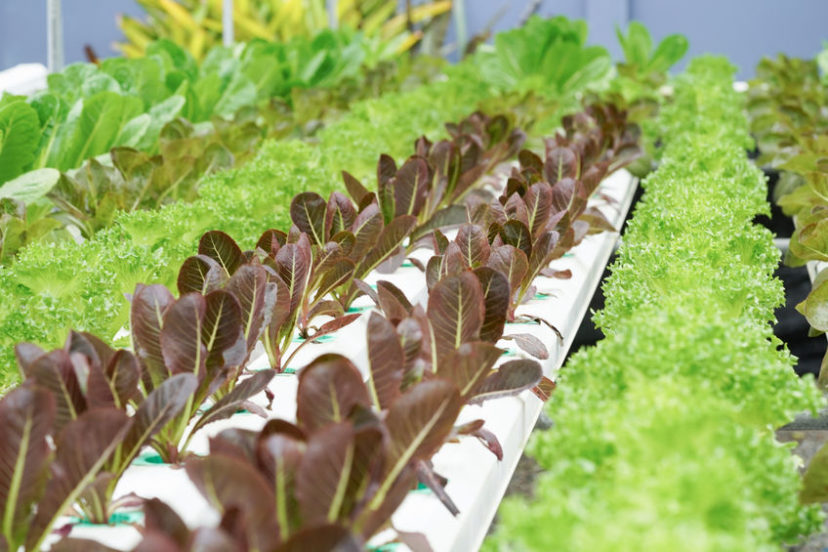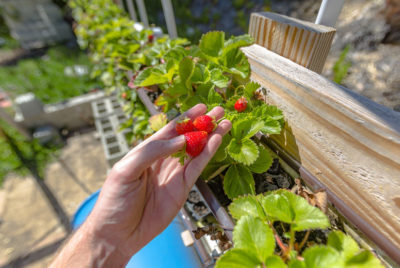Aquaponics: A Quick Guide

If you find yourself with limited space outdoors, it can be a struggle when planning or building a garden. A colder temperature climate could be another issue you would face that could make it hard to have and maintain a garden. However, homegrown foods are not out of your reach completely. Aquaponics is a way to have food grow inside your own home, or anywhere really.
Aquaponics- What is it?
This method is hydroponic-based and is used to grow plants, utilizing fish to provide nutrients vital to growth. You will grow plants in water, as opposed to soil and dirt. With aquaponics, you are building your plants on the top of, or close to your fish tank. The fish that reside in the tank put out waste that is broken down from the present bacteria. The minerals and nutrients, specifically nitrates, are used by the plants. You use a pump to deliver the water to the plants, or if you are growing on top of the water, you could have exposed roots directly to the fish tank. The plants are typically produced and housed in a bed of gravel or clay pellets.
Aquaponics Equipment
The equipment required will depend on the type of aquaponics you use. There are three main aquaponic setups: Deep Water Culture, Nutrient Film, and Media Beds. They all require a fish tank. The size will vary on the fish type and amount you use.
Media Bed
This aquaponic setup uses planters that are placed on the top of the fish tank or the side. You then place a pump in your tank, running a line from the watering rig above your plants, from the tank. The rig and pump will supply the water to the plants directly from the tank. If you are growing above your tank, the water will be filtered through and help keep the tank replenished.
Deep Water Culture
This set up utilizes floating planters. This leaves the roots directly exposed to the water, so no watering rig or pump is required.
Nutrient Film
This is a hybrid setup of the two. You are using PVC pipes to pump water to the plants. There are holes, tiny ones, that are drilled in the pipes. The roots grow into the holes, and water flows in the pipes providing it to your plants.
Need more information? Click here to see an excellent aquaponic rig.
What Type of Fish is Suitable for Aquaponics?
Almost any fish is appropriate for an aquaponic setup. However, the recommended fish is Tilapia. They are not as much of a high maintenance fish as others, and they can withstand different conditions. If the fish you keep are also used for meals, this is another reason to use tilapia. Goldfish, Carp, and Koi are other fish you can choose to use. Click here to see some of the options.
What Kind of Plants Are Grown With Aquaponics?
While you are able to grow the same plants, you would be able to with soil or dirt. Some plants are much more ideal for aquaponics than others. Those that thrive in this environment are basil, mint, and leafy greens. Other plants that may grow successfully with aquaponics are squash, tomatoes, beans, vining plants, and cucumbers.
Aquaponics Benefits
There are a few benefits that you can reap from sowing seeds with aquaponics. For starters, there isn’t much maintenance involved. You are able to use fish as food or pets. Also, aquaponics is an excellent example of organic gardening. There is no need for chemicals, as it would be bad for the rig and fish.
Conclusion
This method of hydroponic based gardening is accessible to those who are limited to outdoor space. It is also the alternative method used in colder climates. The rigs are generally easy to have set up, and maintenance is low for them. Have a look at the top 5 aquaponics rigs for beginners here.



